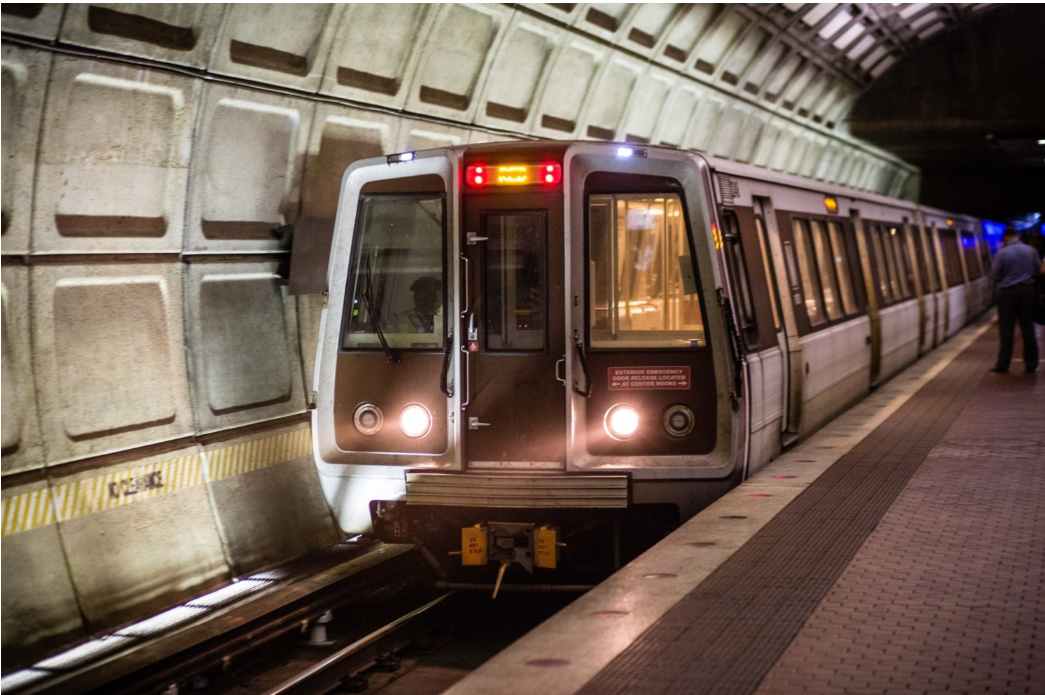DC Metro has finished bringing back computer-controlled trains across its entire system. On June 15, 2025, the Blue, Orange, and Silver lines began using Automatic Train Operation (ATO), joining the Red Line (December 2024) and the Green and Yellow lines (May 2025). This marks the first time since 2009 that all Metro trains are running on automatic control.
What is Automatic Train Operation?
ATO is a system where computers control how trains speed up, slow down, and maintain their speed. The trains receive signals and commands from equipment installed between the tracks. Train operators still remain in the cab, but their job shifts to watching for safety issues, monitoring track conditions, and operating the doors.
“This is a major milestone for Metro, and it has been a long time coming,” said Metro General Manager Randy Clarke. “This is a win for customers and staff who will experience safer, more reliable rides.”
Benefits for Riders and Metro
Riders are already noticing smoother trips. The computer controls provide more consistent acceleration and braking compared to manual operation, eliminating the jerky movements that can happen when humans drive the trains.
Travel times have improved significantly. The Red Line now completes its route eight minutes faster end-to-end. Metro expects the Blue, Orange, and Silver lines will save about three minutes on their routes, while the Yellow and Green lines will save one to two minutes.
Safety has also improved. Metro reports zero red signal violations (when trains pass through stop signals) since implementing ATO.
For Metro itself, the change brings substantial cost savings—about $7 million annually—through more efficient operations.
Similar Posts
Challenges Being Addressed
The switch hasn’t been without issues. Metro has recorded instances of “station overruns,” where automated trains stop past the designated platform area. The Red Line experienced 217 such incidents initially, though the rate has decreased with the Green and Yellow lines having only 25 overruns in their first 10 days.
The Washington Metrorail Safety Commission has expressed concerns about these overruns but has allowed Metro to proceed while monitoring the situation.
Metro is also bringing back higher speeds. Some outer portions of the Blue, Orange, and Silver lines will increase from 55 mph to 65 or 75 mph in certain stretches.

The return to ATO represents a return to Metro’s original design—the system was built to run on automatic operation before the 2009 switch to manual control that followed a crash. Investigators later determined that a faulty track circuit, not ATO itself, caused that incident.
ATO will not be used during bad weather, when trains must single-track, or when workers are on the tracks.


















